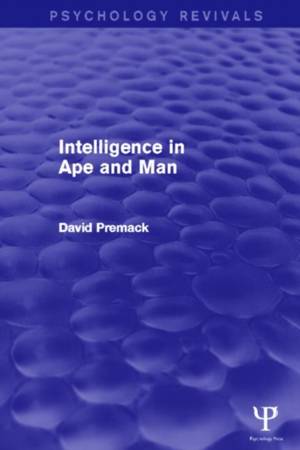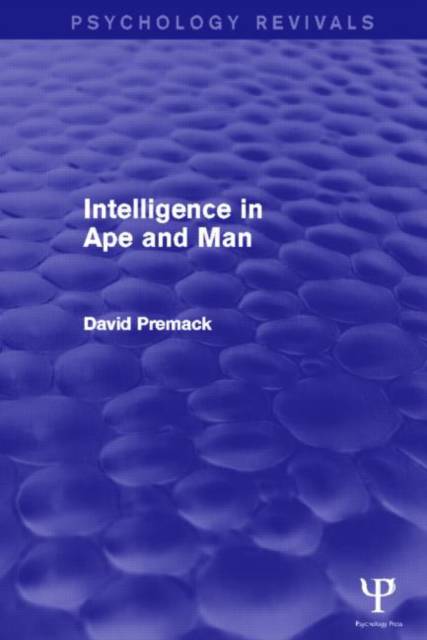
- Retrait gratuit dans votre magasin Club
- 7.000.000 titres dans notre catalogue
- Payer en toute sécurité
- Toujours un magasin près de chez vous
- Retrait gratuit dans votre magasin Club
- 7.000.000 titres dans notre catalogue
- Payer en toute sécurité
- Toujours un magasin près de chez vous
Description
What is language and what is the nature of the intelligence that can acquire it? This volume, originally published in 1976, describes 10 years of research devoted to these questions. The author describes his programmatic research of decomposing language into atomic constituents, designing and applying training programs for teaching these to chimpanzees, and for teaching chimps major human ontological categories, as well as for interrogative, declarative, and imperative sentence forms. The volume details the progress from teaching apes simple predicates such as same-different, to more complex predicates such as if-then, and the success of the program led to the following questions directly related to intelligence: What made the training program effective? What is the cognitive equipment of the species which enables it to learn language? What does this tell us about human intelligence? The answers were suggested in terms of conceptual structure, representational capacity, memory and the ability to handle second-order relations. The results of this experimentation, which resulted in synonymy in some animals, shed light not only on the nature of language, but the nature of intelligence as well.
One of the earliest ape language and intelligence studies, today this classic can be read and enjoyed again in its historical context.
Spécifications
Parties prenantes
- Auteur(s) :
- Editeur:
Contenu
- Nombre de pages :
- 386
- Langue:
- Anglais
- Collection :
Caractéristiques
- EAN:
- 9781848722644
- Date de parution :
- 15-01-15
- Format:
- Livre broché
- Format numérique:
- Trade paperback (VS)
- Dimensions :
- 156 mm x 234 mm
- Poids :
- 539 g







